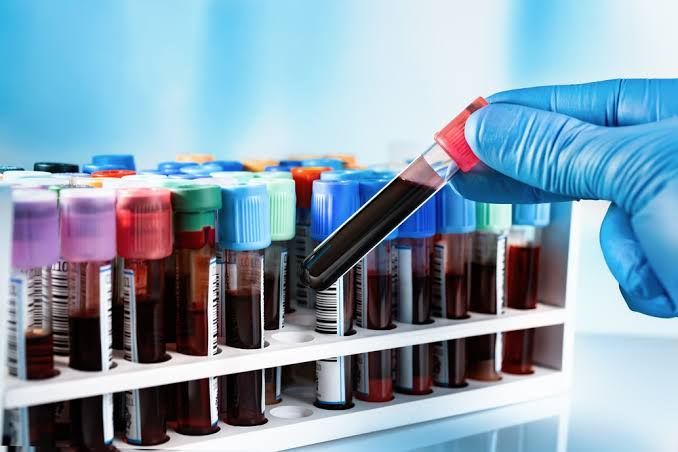
Molecular diagnostics relies heavily on the quality of biological samples for accurate results. Different types of samples can be collected, each requiring specific handling and storage strategies to ensure integrity and viability for analysis.
Types of Samples
1. Blood
Blood is one of the most commonly used samples in molecular diagnostics. It can be collected as whole blood, plasma, or serum.
- Whole Blood: Contains all components including red blood cells, white blood cells, platelets, and plasma. It is often used for DNA extraction.
- Plasma: The liquid component after centrifugation that contains proteins, hormones, and other substances. Plasma is useful for detecting circulating biomarkers.
- Serum: Similar to plasma but obtained after coagulation; it lacks clotting factors. Serum is often used in serological tests.
2. Buccal Cells
Buccal cell samples are collected from the inner cheek using a swab. This non-invasive method is particularly useful for DNA extraction in genetic testing.
3. Sputum
Sputum samples are mucus secretions from the respiratory tract. They are crucial for diagnosing respiratory infections and can provide information about pathogens present in the lungs.
4. Amniotic Fluid
Amniotic fluid is collected via amniocentesis during pregnancy. It contains fetal cells and genetic material, making it valuable for prenatal genetic testing.
5. Chorionic Villus Sampling (CVS)
CVS involves taking a sample of placental tissue early in pregnancy. This sample provides information about fetal genetic conditions and can be performed earlier than amniocentesis.
Collecting and Handling Samples
Proper collection techniques are essential to avoid contamination and degradation:
- Aseptic Technique: Use sterile equipment and follow aseptic procedures to minimize contamination.
- Timing: Collect samples at appropriate times (e.g., fasting blood draws) to ensure consistency.
- Labeling: Clearly label all samples with patient information, date, time of collection, and type of sample.
- Transport Conditions: Maintain appropriate temperature (e.g., refrigerated or room temperature) during transport to prevent degradation.
Sample Storage Strategies
Storage conditions vary based on the type of sample:
- Blood Samples: Whole blood should be processed within hours; plasma/serum can be stored at -20°C or lower for long-term storage.
- Buccal Cells: These can be stored at room temperature if dry or frozen at -20°C or -80°C for longer periods.
- Sputum Samples: Should ideally be processed quickly; if not possible, they may be refrigerated but should not be frozen as this can lyse cells.
- Amniotic Fluid & CVS Samples: Typically stored at -80°C to preserve cellular integrity until analysis.
Characterization of Samples
Characterization involves assessing the quality and suitability of samples for molecular analysis:
- Quality Control: Assess nucleic acid integrity using methods such as gel electrophoresis or spectrophotometry.
- Concentration Measurement: Quantify DNA/RNA concentration using fluorometric methods or spectrophotometry to ensure sufficient amounts for downstream applications.
- Contamination Check: Evaluate potential contamination by checking ratios (e.g., A260/A280) which indicate purity levels.
In conclusion, understanding the types of biological samples available in molecular diagnostics along with their proper collection, handling, storage strategies, and characterization methods is crucial for obtaining reliable results in diagnostic testing.







